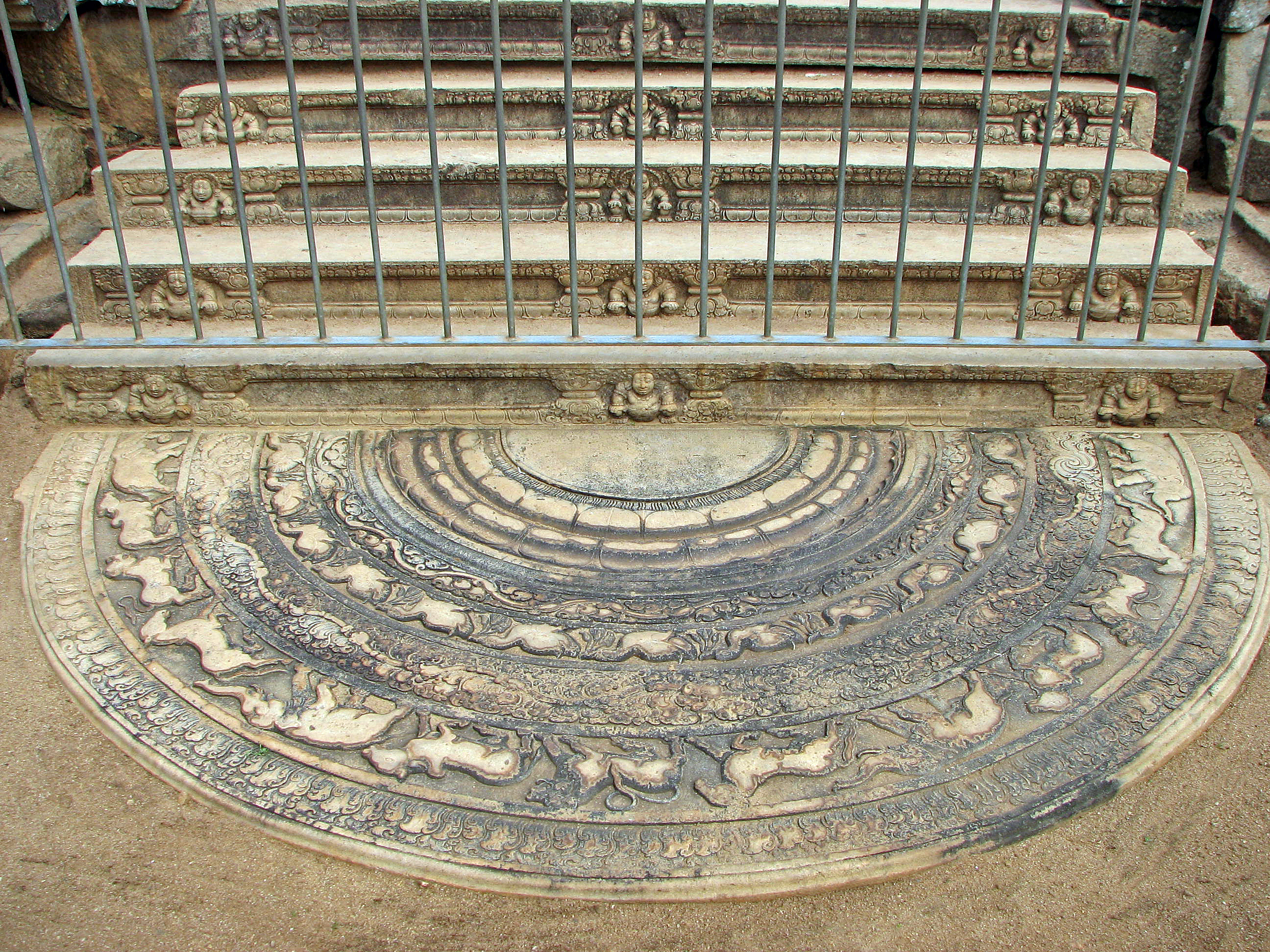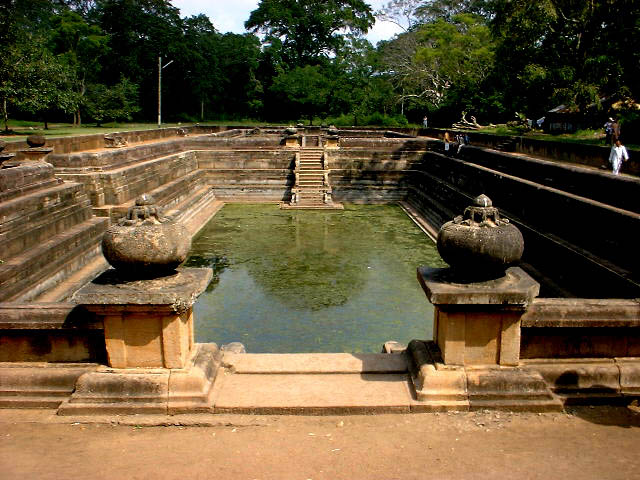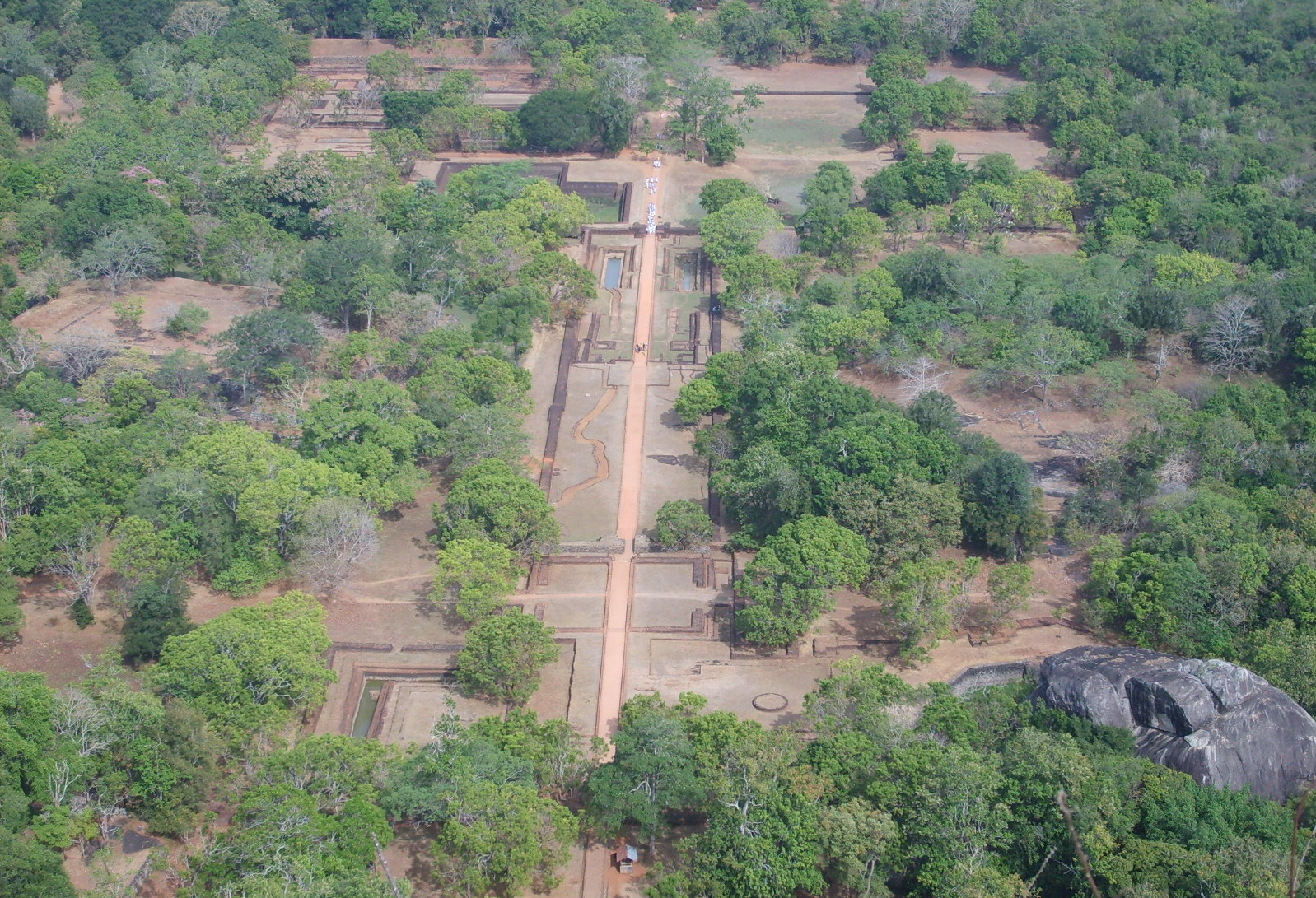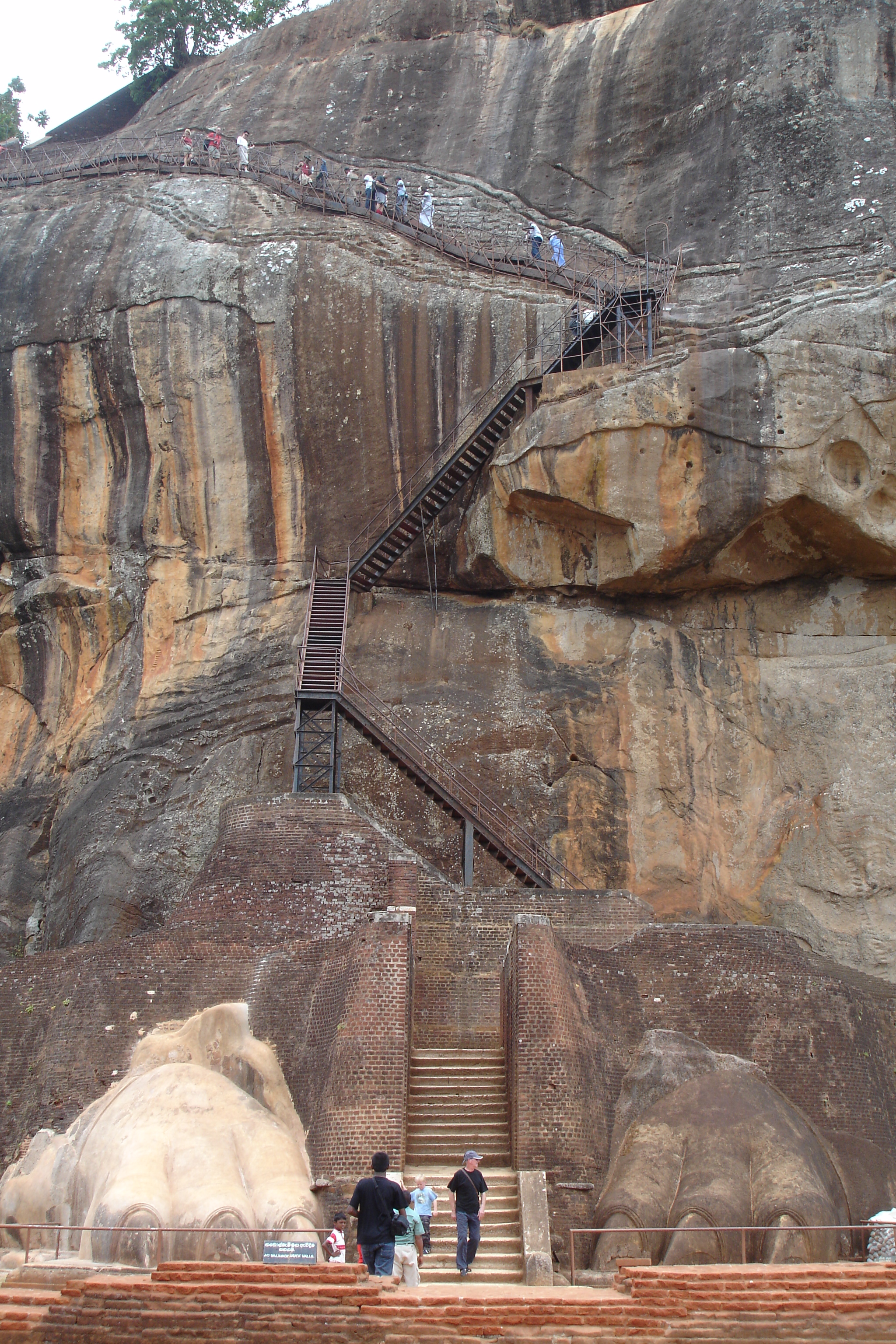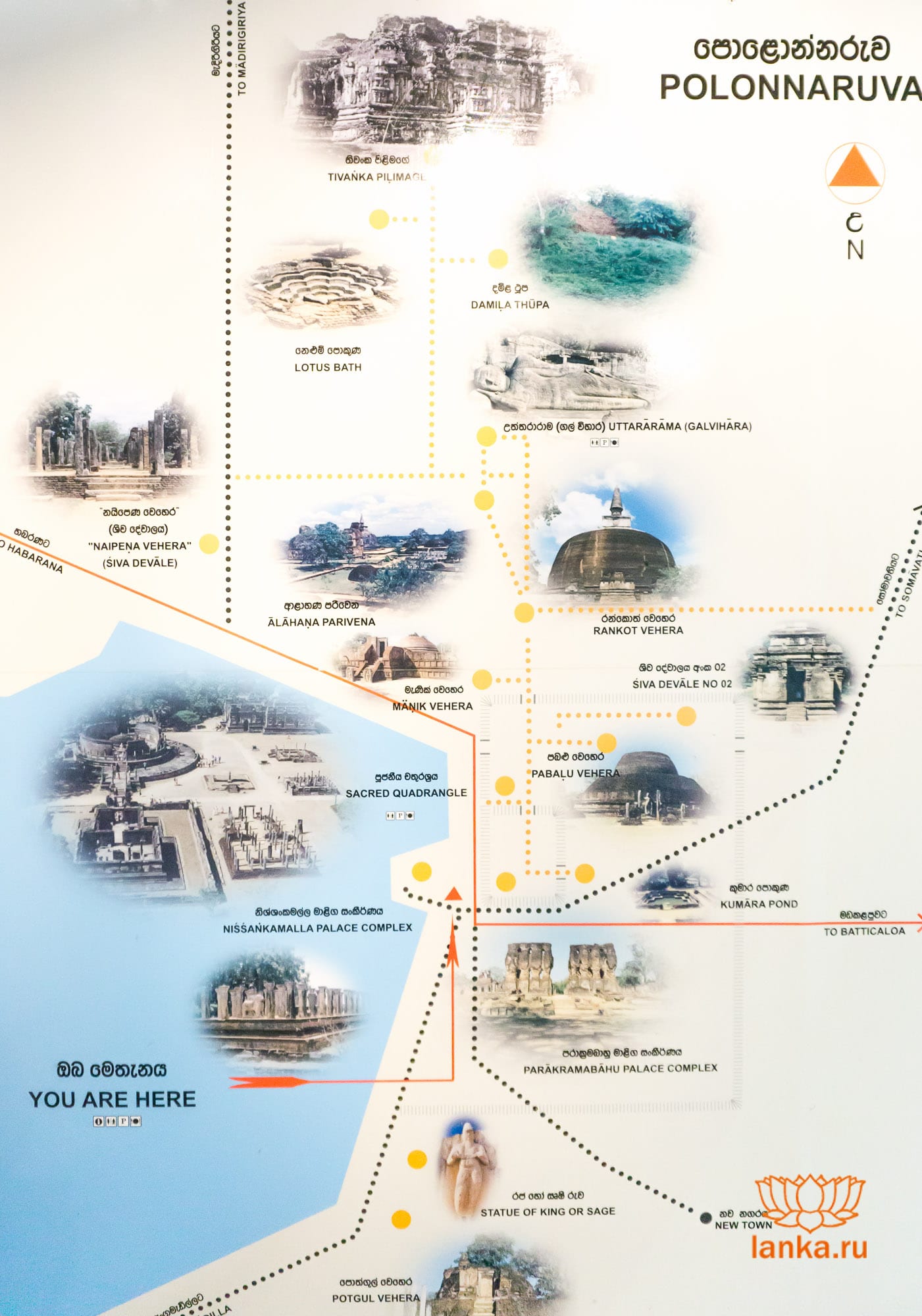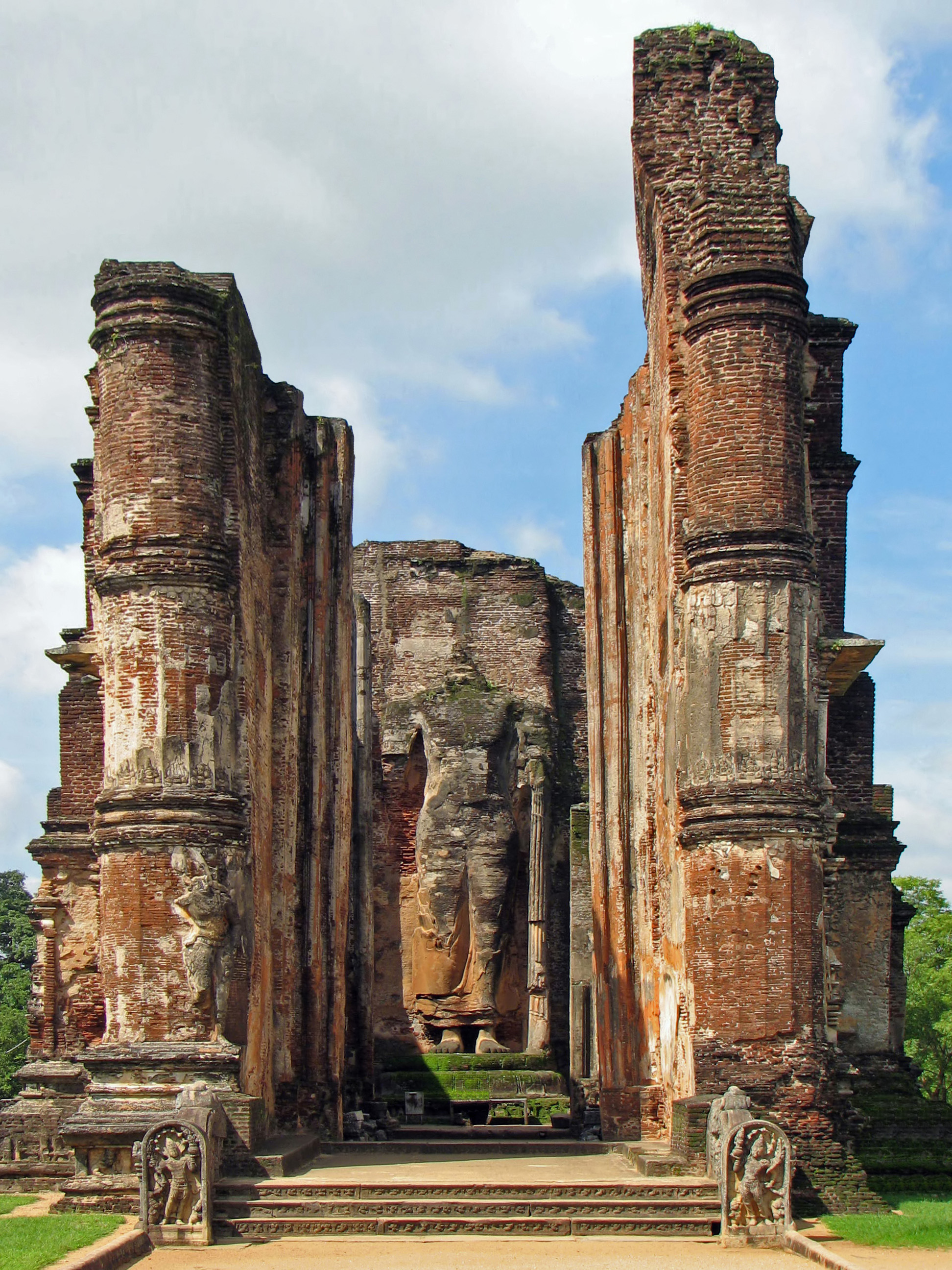| 22 Settembre: Negombo - Wilpattu - Anuradhapura |
| Wilpattu National Park |
|
What makes Wilpattu special
For those seeking an alternative to the familiar and more prominent national parks in Sri Lanka, Wilpattu is the perfect spot. The park still remains fairly off-the-beaten-track for tourists, keeping numbers of jeeps entering the park low. This allows for almost entirely private viewings of wildlife that you would not get in other national parks around Sri Lanka. The scenery in Wilpattu is equally impressive. Dense jungle surrounds the roads, allowing for beautiful contrasts between the red dust paths and the vibrant green foliage; and the scattering of lakes across the park reflect the pastel hues of the sky at dawn and the blood red and orange of dusk. Wilpattu’s proximity to the Cultural Triangle also makes it better for those touring the Northern, Eastern, and Central regions of the island, with Yala being better for those touring the South. Wilpattu National Park (Willu-pattu; Land of Lakes) is a park located on the island of Sri Lanka. The unique feature of this park is the existence of "Willus" (Natural lakes) - Natural, sand-rimmed water basins or depressions that fill with rainwater. Located in the Northwest coast lowland dry zone of Sri Lanka. The park is located 30 km west Anuradhapura and located 26 km north of Puttalam (approximately 180 km north of Colombo). The park is 131, 693 hectares and ranges from 0 to 152 meters above sea level. Nearly sixty lakes (Willu) and tanks are found spread throughout Wilpattu. Wilpattu is the largest and one of the oldest National Parks in Sri Lanka. Wilpattu is among the top national parks world-renowned for its leopard (Panthera pardus kotiya) population. The leopard population in Wilpattu is not known. History The Mahavansa records that in 543 BC Prince Vijaya landed at Tambapanni now known as Kudrimalai Point (Horse Point), married Kuweni and founded the Sinhala nation. In 1905 the area was designated a sanctuary and in 1938 it was upgraded to the National Park status. Climate The Annual Rainfall is about 1000mm and the annual temperature is about 27.2 degrees. Inter-monsoonal rains in March and the northeast monsoon (December – February) are the main sources of rainfall. Flora There are many types of vegetation to be found in Wilpattu, including littoral vegetation, such as salt grass and low scrub monsoon forest with tall emergents, such as palu (Manilkara hexandra), and satin (Chloroxylon swietenia), milla (Vitex altissima), weera (Drypetes sepiaria), ebony (Diospyros ebenum) and wewarna (Alseodaphne semecapriflolia). Fauna 31 species of mammals have been identified within Wilpattu national park. Mammals that are identified as threatened species living within the Wilpattu National Park are the elephant (Elephas maximus), sloth bear (Melursus ursinus), leopard (Panthera pardus kotiya) and water buffalo (Bubalus bubalis). Sambhur, spotted deer, mongoose, mouse and shrew are more of Wilpattu's residents. Birds The painted stork, the open bill, little cormorant, Sri Lanka junglefowl (Gallus lafayetii) along with many species of owls, terns, gulls, eagles, kites buzzards are to be found at Wilpattu National Park. Wetland bird species that can be senn in Wilpattu are the garganey (Anas querquedula), pintail (Anas acuta), whistling teal (Dendrocygna javanica), spoonbill (Platalea leucorodia), white ibis (Threskiornis malanocephalus), large white egret (Egretta alba modesta), cattle egret (Bubulcus ibis) and purple heron (Ardea purpurea). Reptiles The most common reptiles found in the park are the monitor lizard (Varanus bengalensis), mugger crocodile (Crocodylus palustris), common cobra (Naja naja), rat snake (Ptyas mucosus), Indian python (Python molurus), pond turtle (Melanonchelys trijuga) and the soft shelled turtle (Lissemys punctata) which are resident in the large permanent Villus. |

|
| Leopardo a Wilpattu (che non vedremo mai !!!) |

|
| 25 Settembre: Dambulla - Kandy |
| Golden Temple |
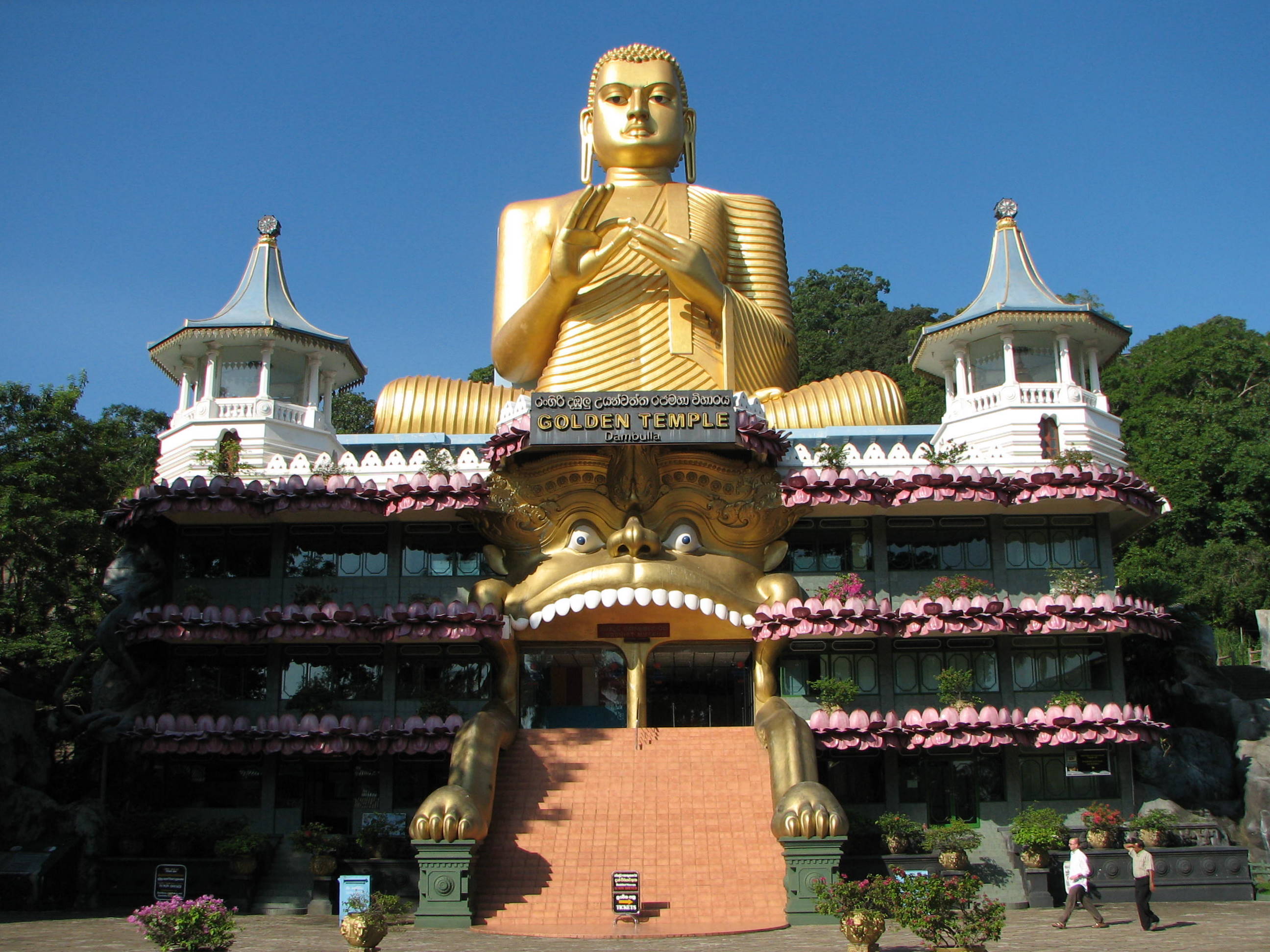
|
| Cave Temple |
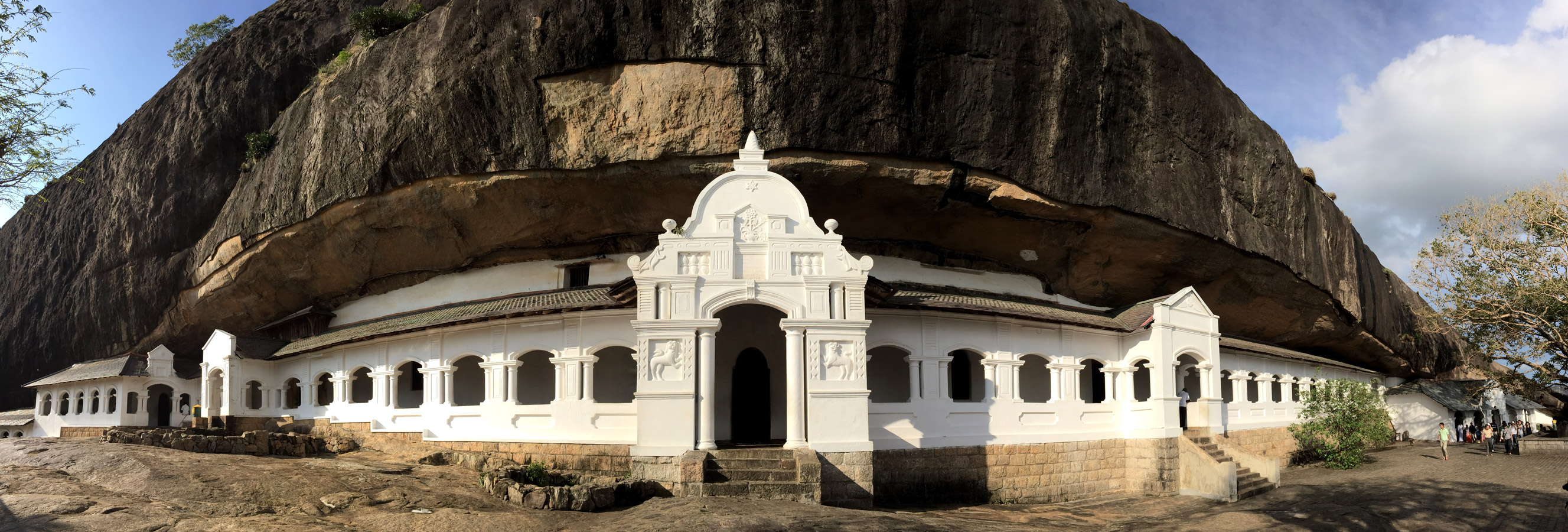
|

|

|

|
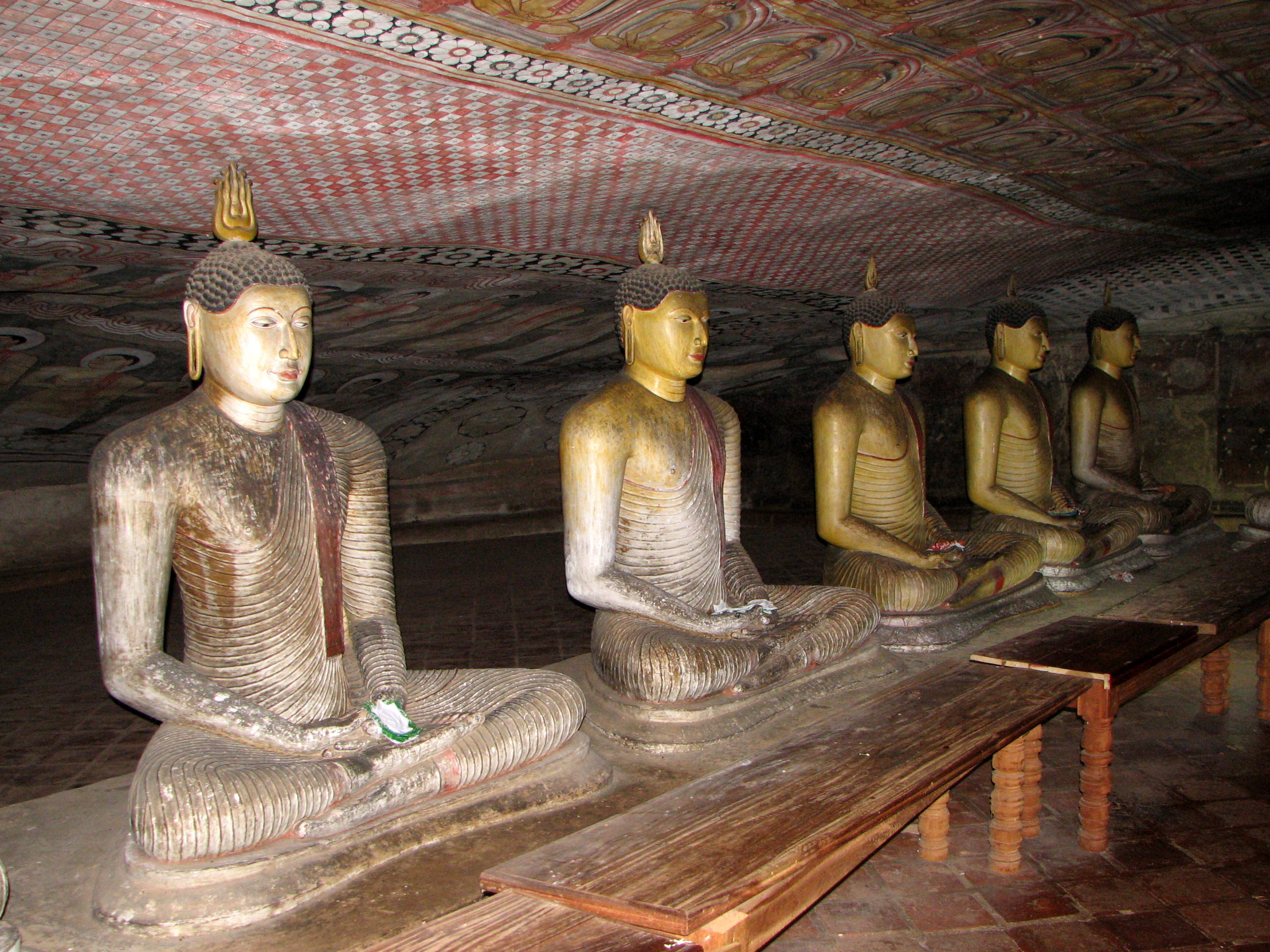
|

|

|

|

|
| Kandy |

|
| Dalada Maligawa - Tempio del Sacro Dente |

|






